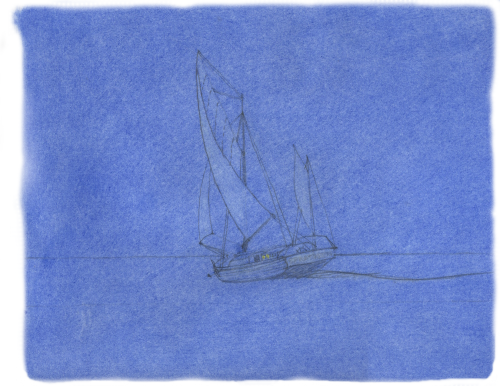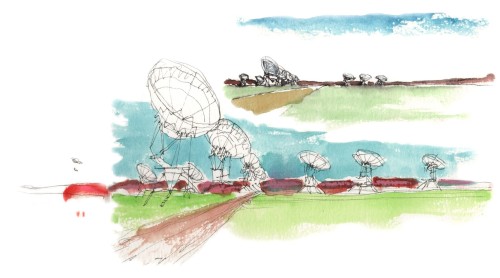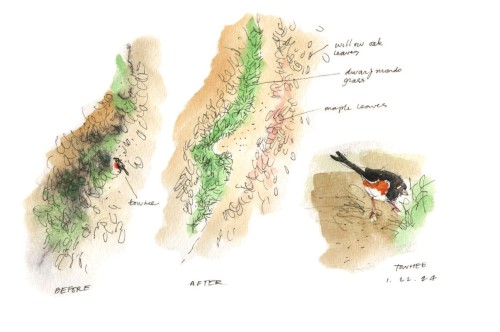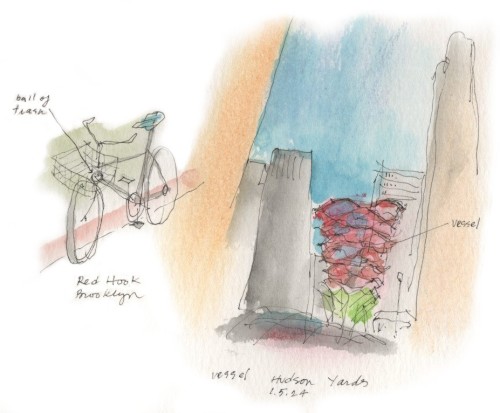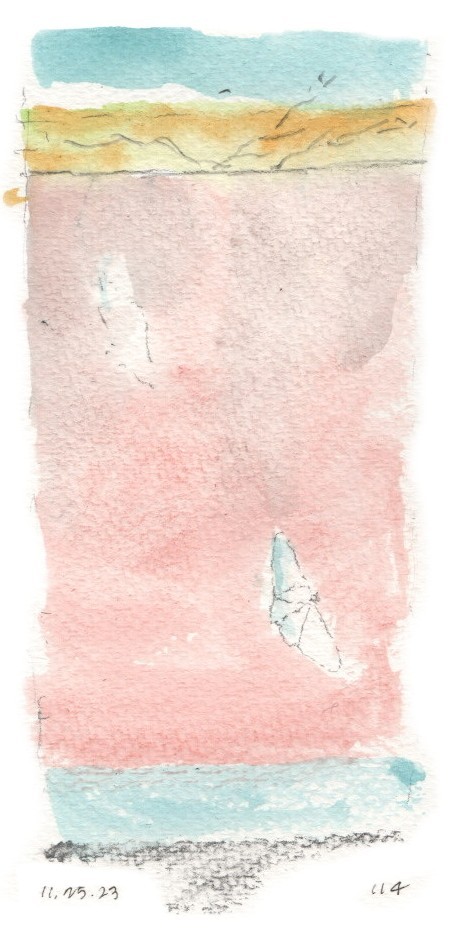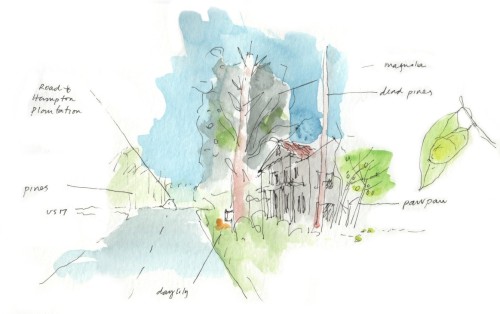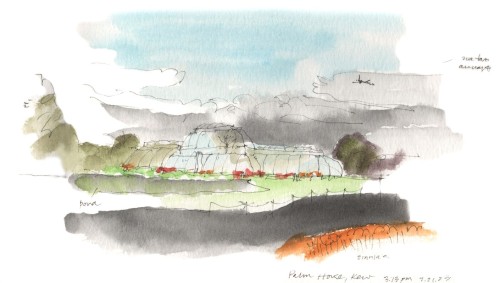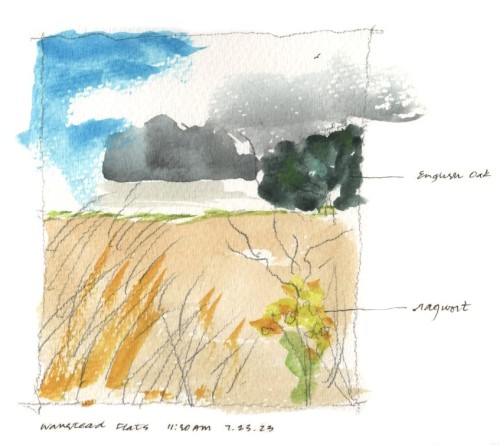Mrs. Garringer’s Field
I woke from a nightmare at 3 a.m. recently, and to calm myself, I went to Mrs. Garringer’s field.
When I’m tired or depressed or anxious, I sometimes go to Mrs. Garringer‘s field and sit in the shade of tall sweet gum trees with five-pointed leaves that turn bright purple in the fall.
I’ve played ball with my friends in Mrs. Garringer’s field, built forts, and scoured the tall grass with a butterfly net. The Plybons lived on one side of the field. Mr. Plybon gave me a quart of Texaco red enamel once to paint my race car. Mr. Wilson lived on the other side. He repaired lawnmowers and shared his arrowhead collection with me.
Mrs. Garringer’s field was plowed under 50 years ago and replaced by a red brick house, so now I go there in my imagination. But as Elizabeth Barks Cox wrote in Reading Van Gogh, “The place where we grew up works on us even if we never see it again.”
Eudora Welty called such a place “the heart’s field.”


